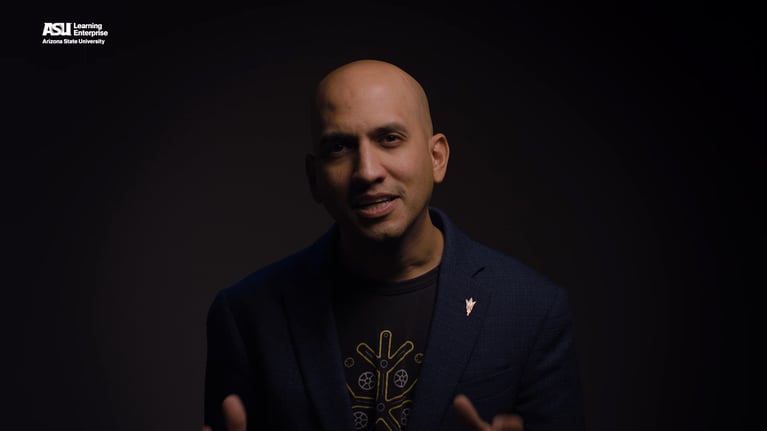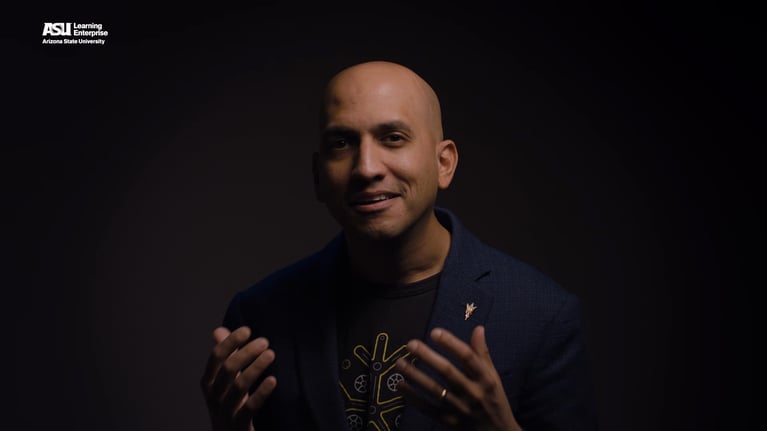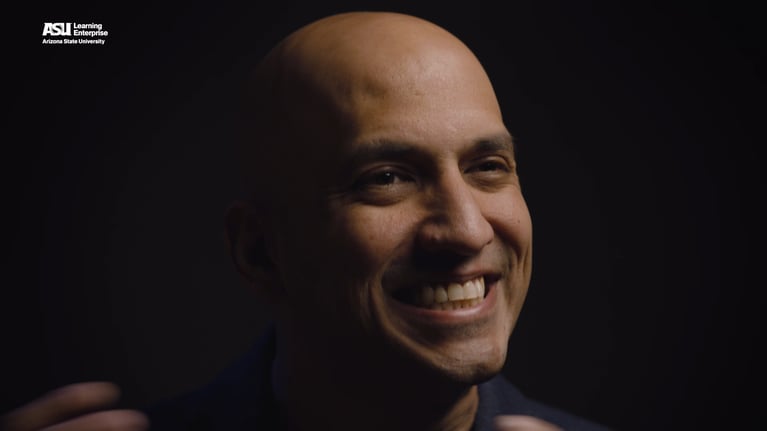Laser powder bed fusion is a 3D printing method that has opened the door to many opportunities when it comes to precision manufacturing. It helps us to bring the most complex objects like medical implants and jet engine parts from design to production. Though not without its challenges, powder bed fusion is continuing to evolve through research and development and expand the possibilities within advanced manufacturing.
I had a love-at-first-sight moment in the Spring of 2015. I was attending a conference called the “Additive Manufacturing Users Group” and my eyes locked across a crowded room with a steel gray and orange machine the size of a refrigerator. Through its tiny window, I saw a laser beam skimming across a bed of metal powder, melting the bits it touched and re-solidifying them, passionate wisps of soot and vapor rising from the interaction. A blade swiped across slowly, depositing fresh powder. This continued - the laser dancing rapidly, this time the movements slightly different from the ones before, followed by the blade gently moving across the bed.
I was mesmerized. I was…in love. Three months later I quit my job making semiconductors for laptops, and I joined a company that had these powder-melting lasers, and began a journey of learning that I am still on to this day. I came to learn that this process was called “Laser Powder Bed Fusion” and that this was, and remains, the most common way of 3D printing – with metal.
Laser Powder Bed Fusion is a process that does exactly what the name implies – a laser fuses powder that lies in a bed. Crucially, it actually melts the powder into liquid metal, which then rapidly solidifies – and the laser does this only where needed to construct a part – this is also why some people also call this process by another name: Selective Laser Melting. In addition to a bed of powder and a laser above it that is steered by small mirrors, the entire process occurs in an inert atmosphere – typically Argon or Nitrogen. This is to minimize oxidation and the risk of ignition.
Laser powder bed fusion is remarkable in many ways – most of all is the fact that for most well qualified metal alloys, the parts that result from it are almost fully dense – less than 2% of the printed part contains voids, which results in strong parts that can survive in the kinds of conditions we normally associate with metals. Another reason why this process has had the impact it has is that it can resolve feature sizes on the order of a few hundred microns in parts that can be several tens of centimeters large. The combination of high mechanical strength and the ability to realize complex geometry makes it a perfect process for manufacturing hip implants or aerospace heat exchangers.
One of the challenges of this technology is cost, which primarily is on account of the time it takes to print a 3D part – build times in the tens of hours to entire days are quite common. Several companies are developing faster machines, some by bolting on as many as 12 lasers to speed things up! Another challenge is the high residual stresses generated in the process. Just the way a thin slice of potato curls in the oven, the thin layers that are printed with the laser powder bed fusion also have a tendency to distort – one way of addressing this is by placing supports that weld the part down to the build platform – but this now means these supports have to be removed after each build, and then the surface finished.
An exciting area of research and development in laser powder bed fusion is the design of new alloys that are optimal for this process. A metal alloy is a finely tuned mixture of about 5-10 different elements from the periodic table, each in a different proportion. Most alloys in use today were originally developed for traditional ways of metal manufacturing, like casting or forging – these are now being modified, and entirely new mixtures being developed that perform better when subjected to the laser-melting process.


